Whether you're a beginner seeking versatility or an advanced skier chasing powder dreams, finding the right backcountry skis will enhance your overall skiing experience. In this guide, we'll explore the key factors to consider when choosing the best backcountry skis - ensuring you make an informed decision based on your preferences and the terrain you'll be tackling.
All you need to know and more in video below:
What to consider?
How do I know what touring skis are right for me?
Ski length
Ski length affects the balance between stability and maneuverability. Longer skis provide more stability at higher speeds and in challenging terrain. On the other hand, shorter skis are more maneuverable, making them ideal for tight turns, tree skiing, and navigating through narrow backcountry routes. They are often preferred by beginners or those who prioritize flexibility and liveliness.
Weight of skis
When you're ascending in the backcountry, whether through skiing or hiking, every ounce matters. Lighter skis save your energy so you get more enjoyable experience and cover longer distances. On the other hand, heavier skis provide increased stability. The weight of skis is influenced by the materials used in their construction. Skis with carbon fiber or lightweight wood cores tend to be lighter without sacrificing too much performance. However, the choice of materials can also impact durability, so finding the right balance is key.
Right ski width
The width of the skis, often referred to as waist width, is another crucial aspect. Wider skis excel in deep snow, providing better floatation, while narrower options are ideal for packed or groomed conditions. Consider the specific terrain you plan to explore. For open powder fields, wider skis are better. If your backcountry adventures involve a mix of powder, groomed trails, and variable conditions, a moderate width is more suitable.
Ski bindings
Bindings are a critical component of your backcountry ski setup, connecting your boots to the skis and playing a crucial role in both safety and performance. You can choose between tech bindings, which are lighter and designed specifically for backcountry skiing and heavier frame bindings providing more downhill control.
Ski boots
Backcountry ski boots need to strike a balance between comfort and performance. Consider the flex rating—stiffer boots for advanced skiers, softer for beginners and ensure compatibility between boots and bindings for a secure fit. When it comes to weight, lighter boots are advantageous for backcountry skiing, especially during ascents. Modern backcountry boots utilize lightweight materials without compromising performance, offering a good balance between weight and functionality.
Climbing skins
Climbing skins are super important for uphill skiing in the backcountry. They stick to the bottom of your skis and give you grip on the snow. These skins can be made of mohair or nylon, each with its pros - mohair is lighter for smoother gliding, while nylon is tougher for better grip. You attach them with clips or adhesive. It's crucial to take care of them by cleaning them regularly. When you're ready to go downhill, you take the skins off. Just make sure they match your skis and bindings. Learning how to use them properly, like making turns on steep slopes, makes your backcountry skiing more fun.
Your Skill Level
Matching the skis to your skill level is essential for an optimal backcountry experience. Advanced skiers may prefer stiffer and more responsive skis that can handle higher speeds and aggressive turns. Beginners, on the other hand, might benefit from skis with forgiving characteristics, aiding in skill development and boosting confidence on varied terrain.
Introducing
Snowfeet* WALKSKI Backcountry Touring Skis | 99 CM
Our new Snowfeet* WALKSKI Backcountry Touring Skis are designed to enhance your backcountry skiing experience to the next level. These versatile skis feature a unique dual binding system, combining free-heel and fixed-heel designs for easy climbing and downhill skiing. Suitable for any footwear, from hiking to snowboard boots, they're lightweight, user-friendly, and fun for all ages, making skiing more accessible and enjoyable.
Gear up for your next winter adventure
Why are the Snowfeet* WALKSKI Backcountry Touring Skis the best choice?
Compact Design: With a mere 99-centimeter length are skis lighter, easy to carry and control so you can effortlessly enjoy backcountry adventures.
Effortless Climbing and Maximum Traction: Snowfeet's Backcountry Touring Skis come equipped with a built-in sealskin in the chute, offering an edge in climbing and traction on uphill terrains. The sealskin's natural adhesive properties provide unparalleled grip on the snow, simplifying ascents in challenging conditions.
Better Control: The shorter length allows for better maneuverability, enabling skiers to respond quickly to changing conditions and boosting your confidence on every descent.
Adjustable Bindings: Skis feature adaptable bindings, designed to be paired with any winter shoes or snowboard boots. Enjoy comfortable experience on the snow, as these bindings ensure a secure fit for every skier.
Durability: Using high-quality materials in the construction of skis makes them durable and long-lasting, ensuring they can withstand allowing them to withstand the challenges of various terrains and skiing conditions.
Beginner-Friendly: Short length of Snowfeet's Touring Skis makes them approachable for newcomers, offering a gentler learning curve while still providing the excitement of backcountry exploration.
Conclusion
When choosing backcountry skis, you need to think about a few important things. Consider what you like, how good you are at skiing, and the kind of backcountry areas you want to explore. By taking these factors into account, you can pick skis that match your needs, making your backcountry adventures more fun and comfortable.
Explore new possibilities

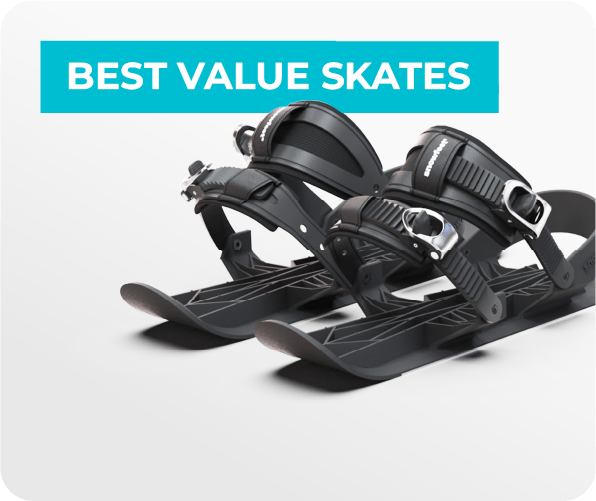
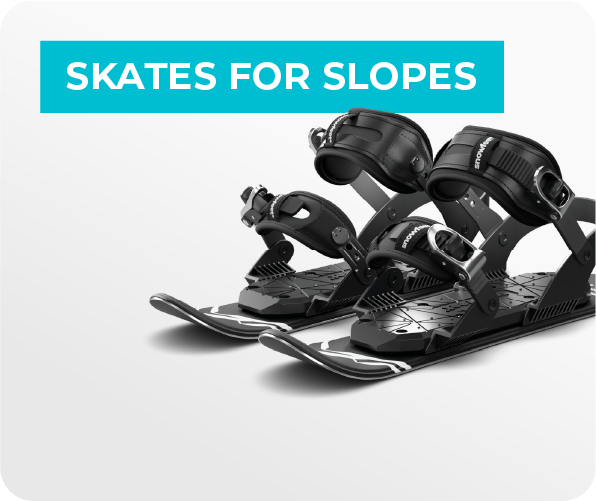
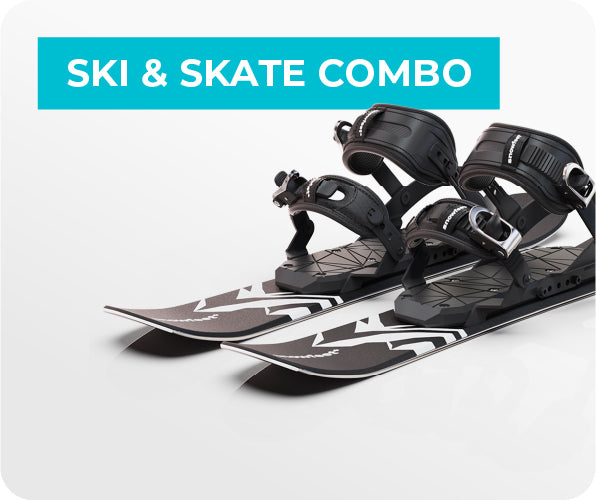
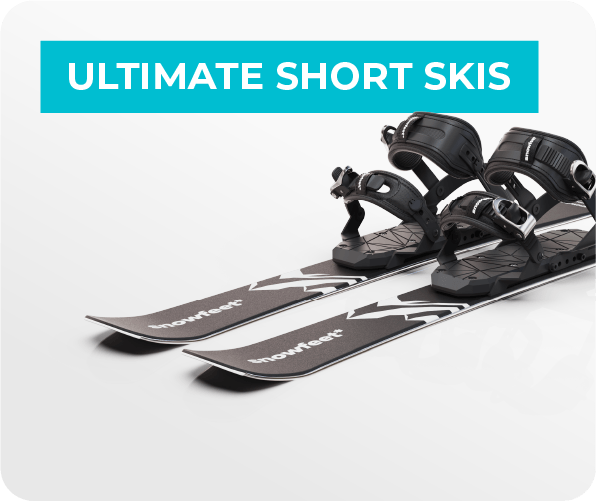
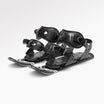
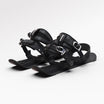
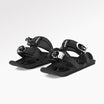
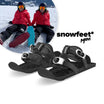
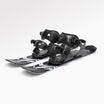
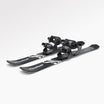
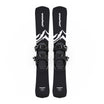
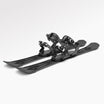
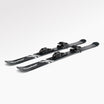
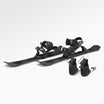
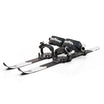
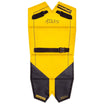
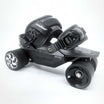
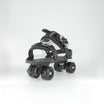
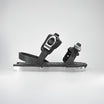
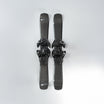
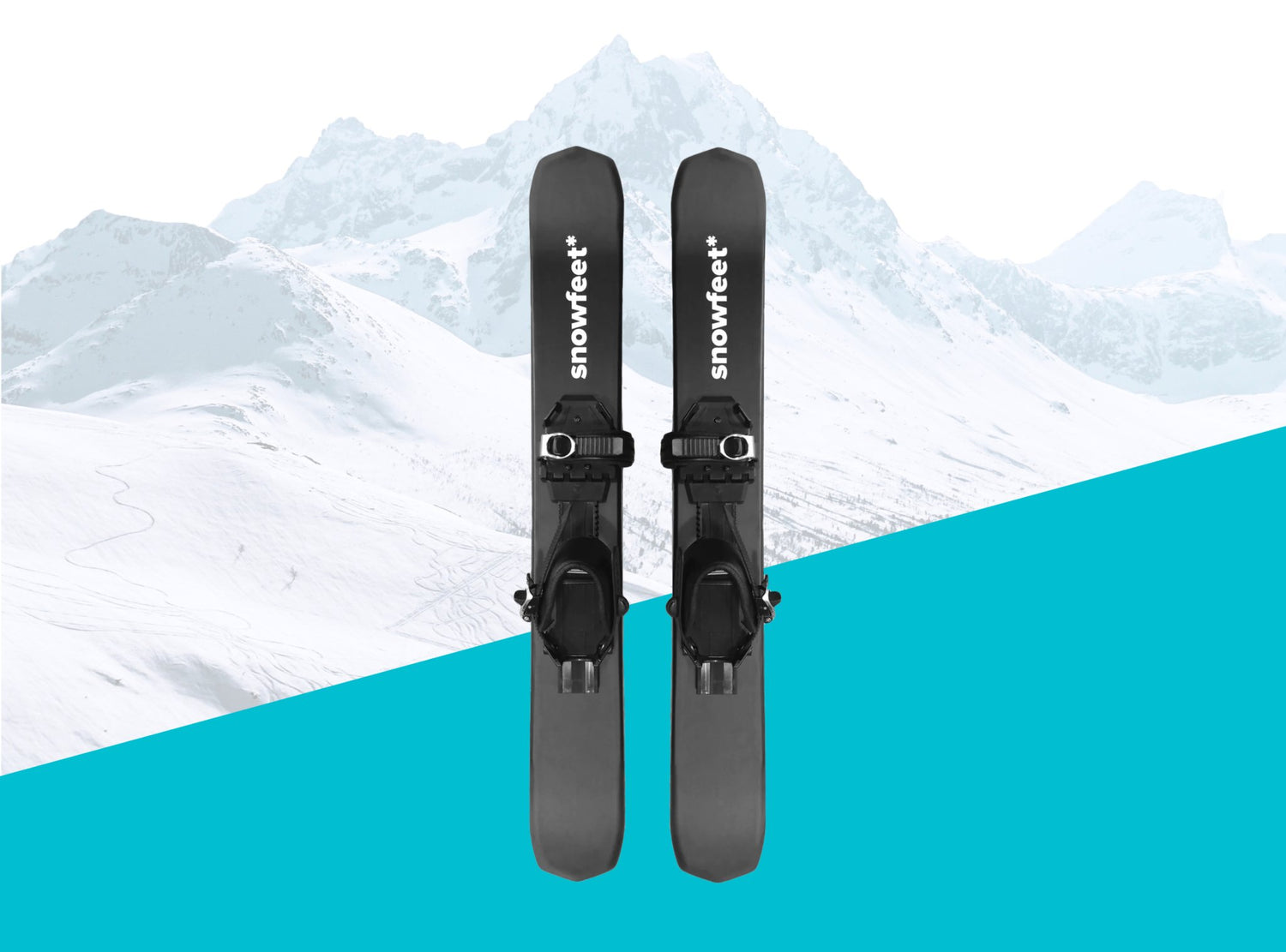
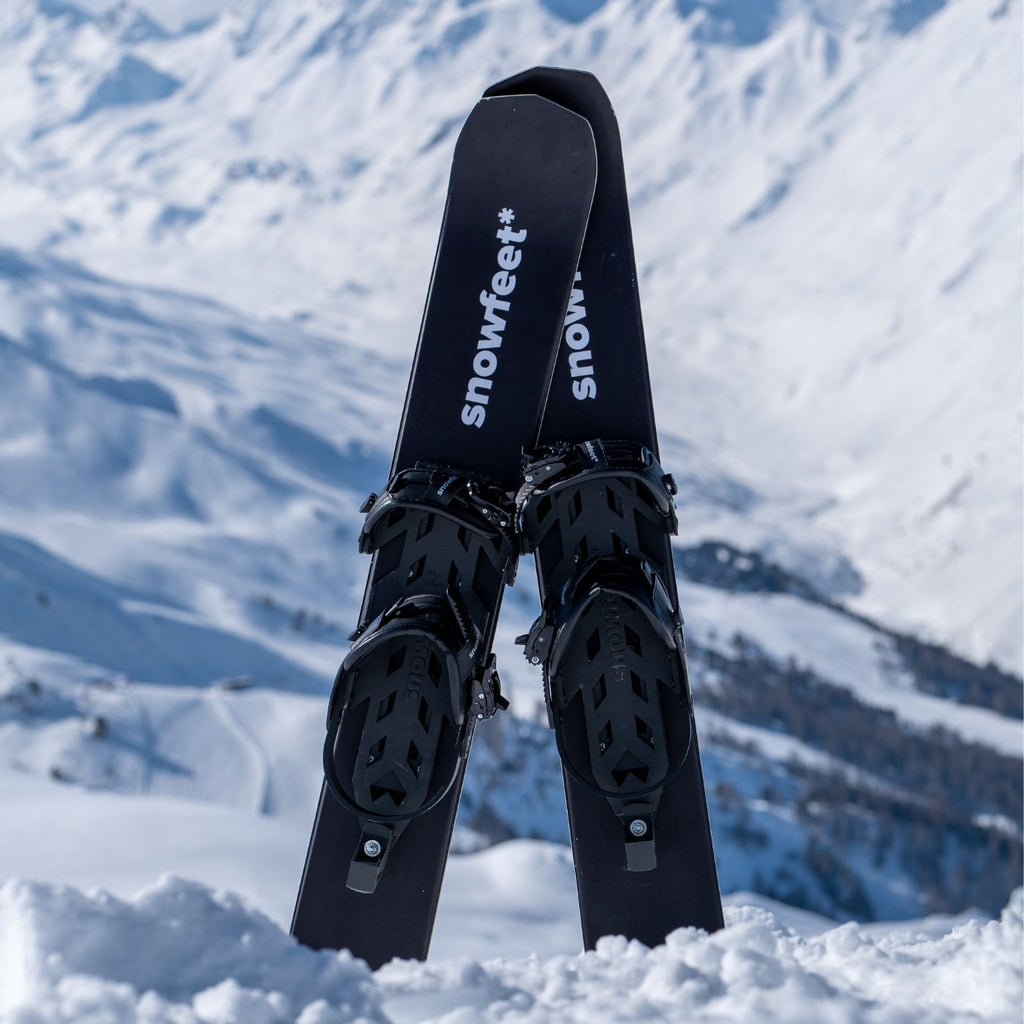
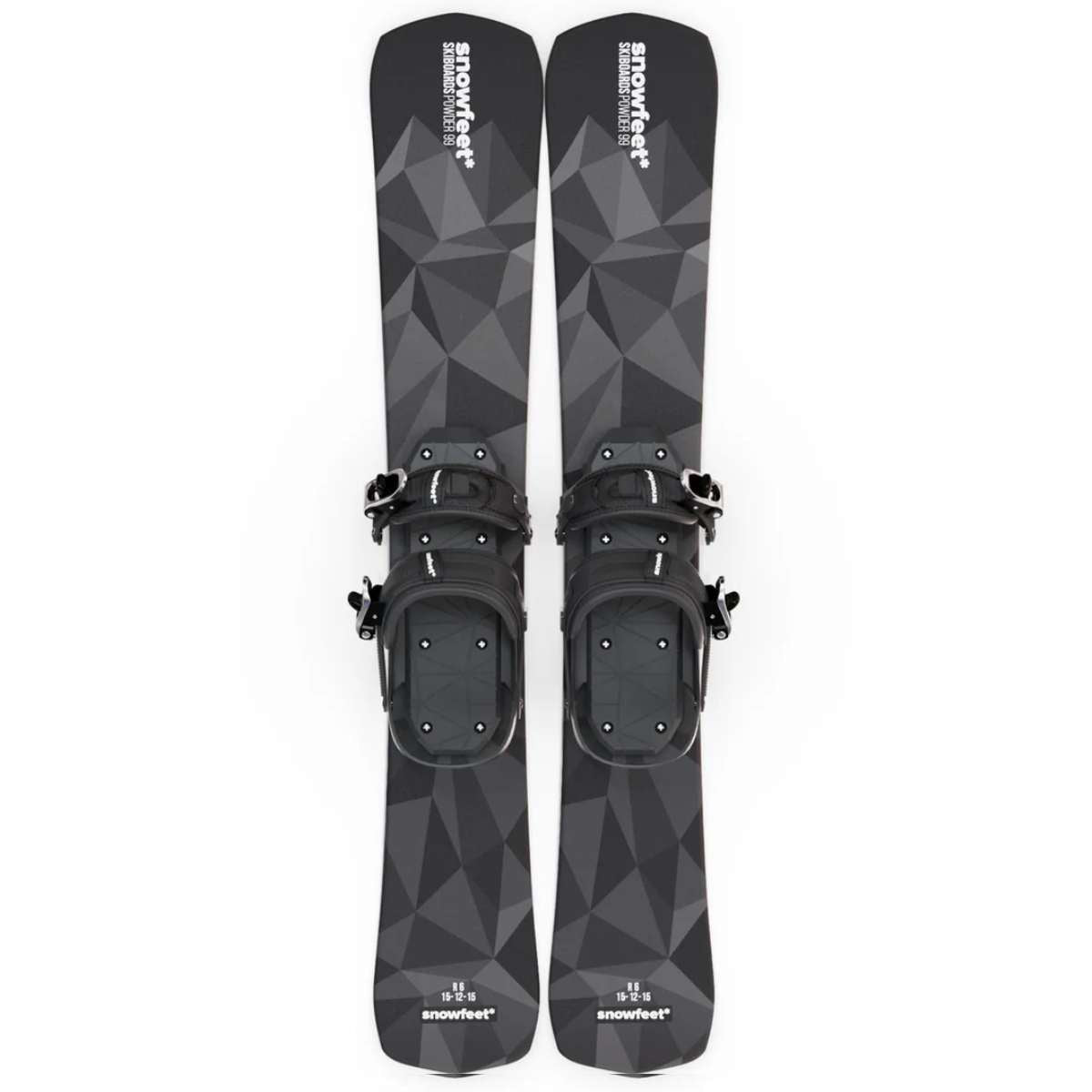




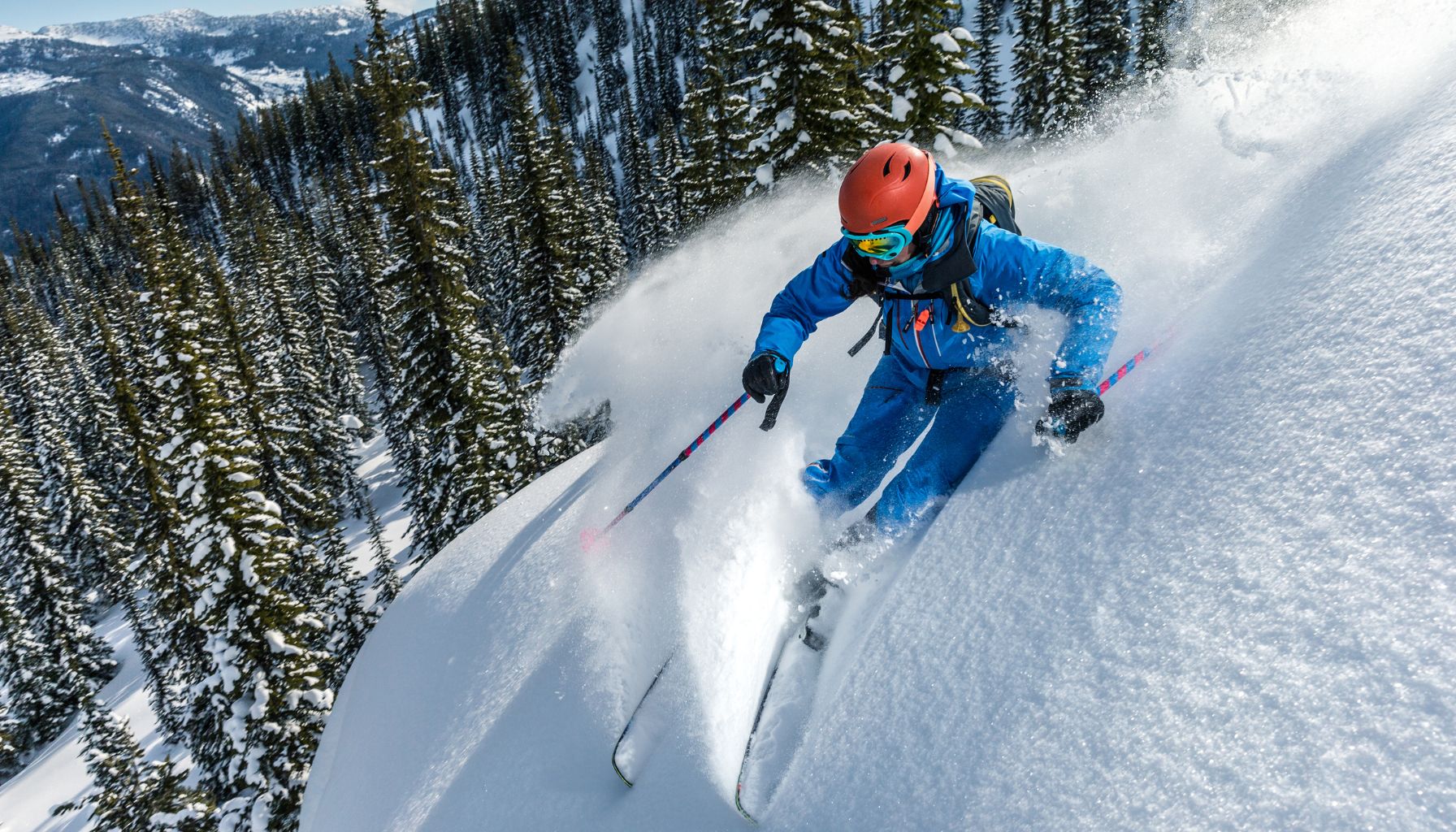
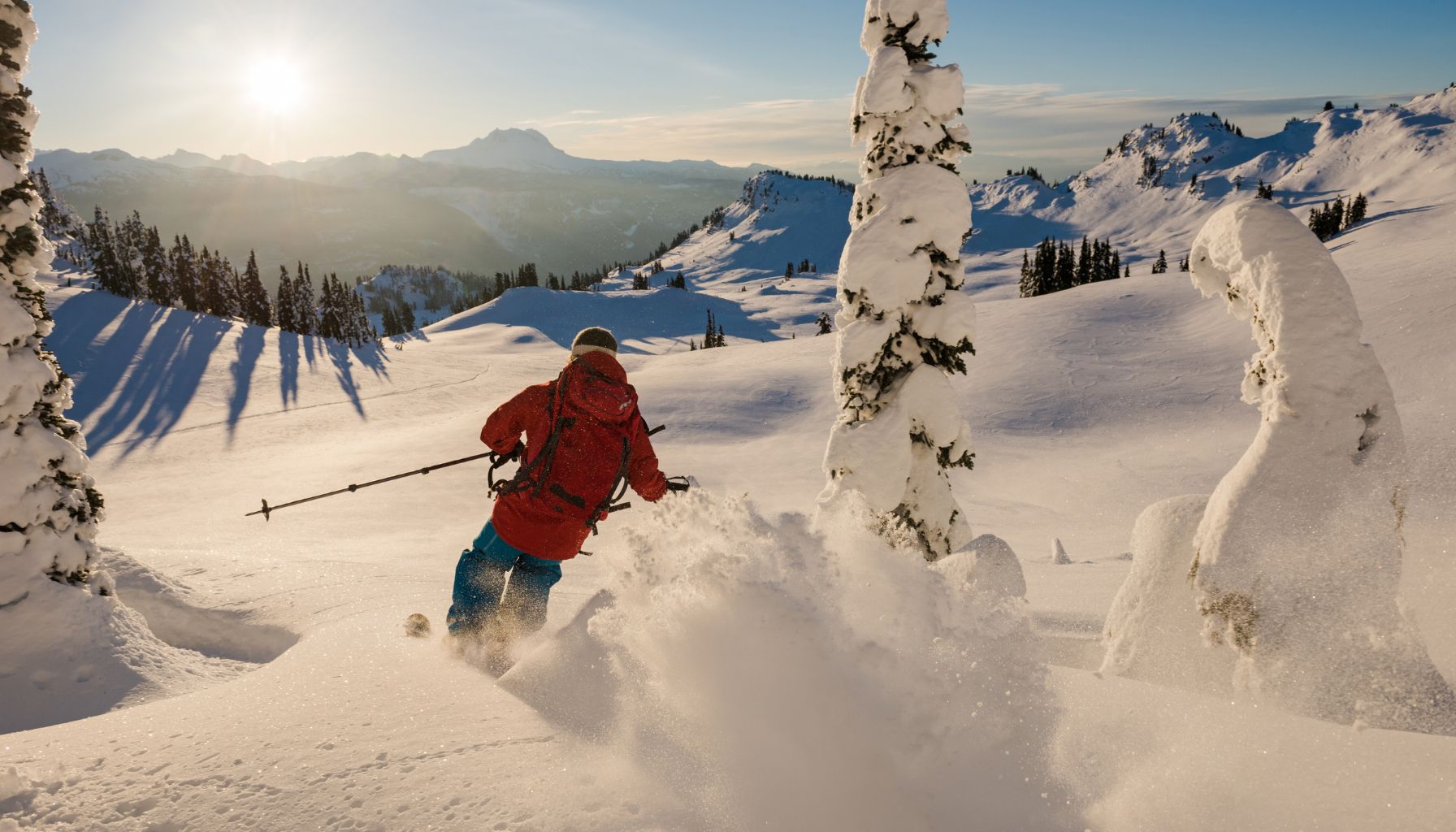
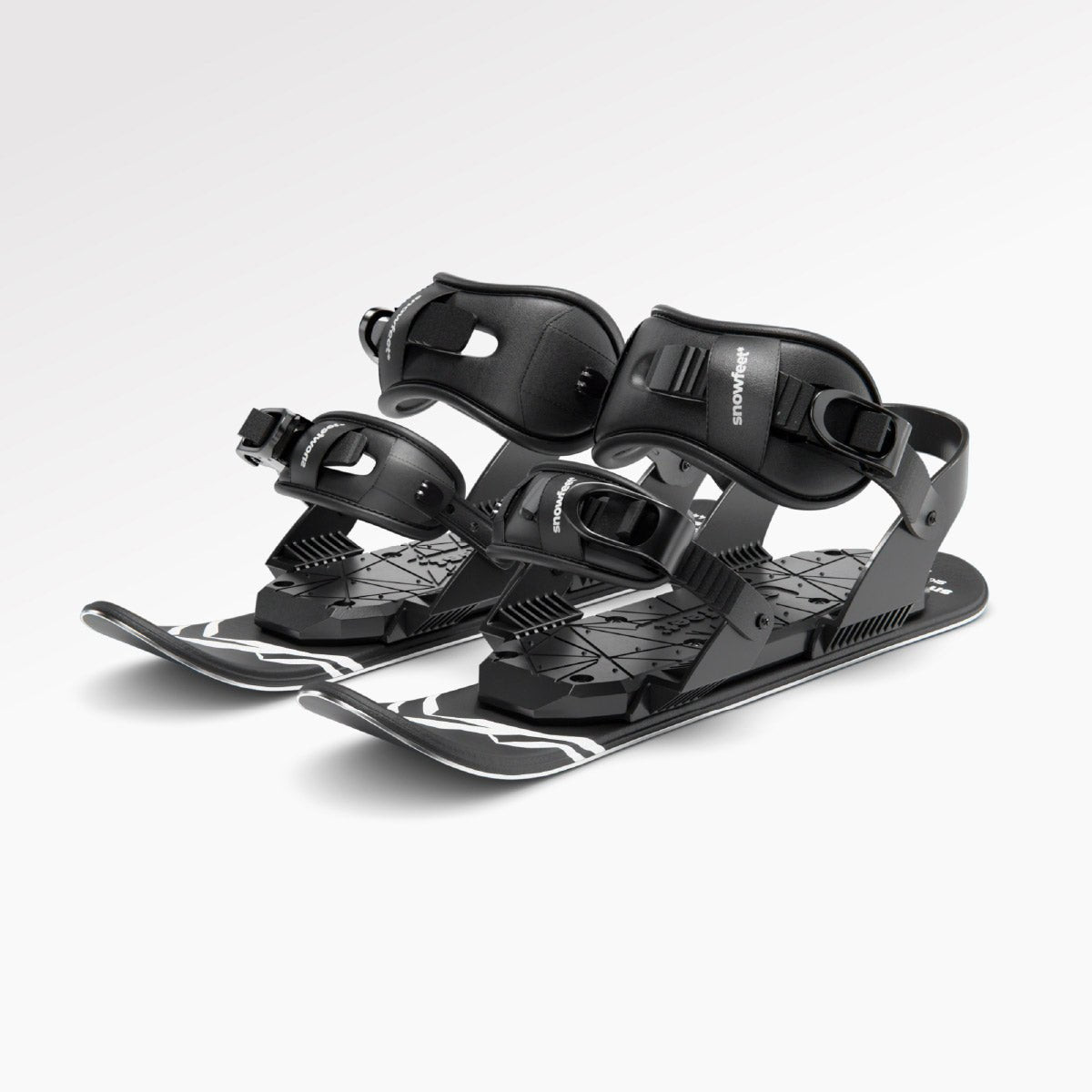
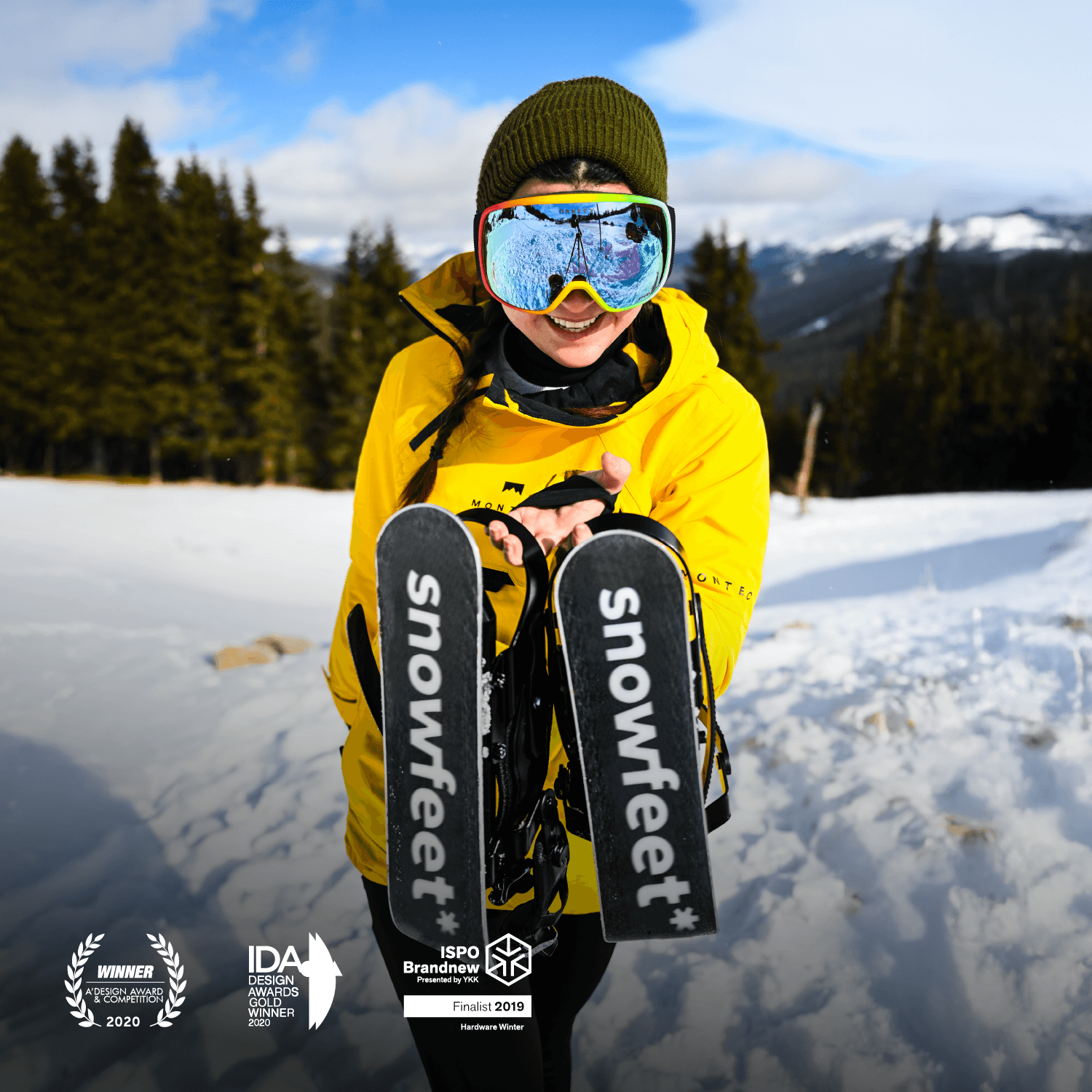
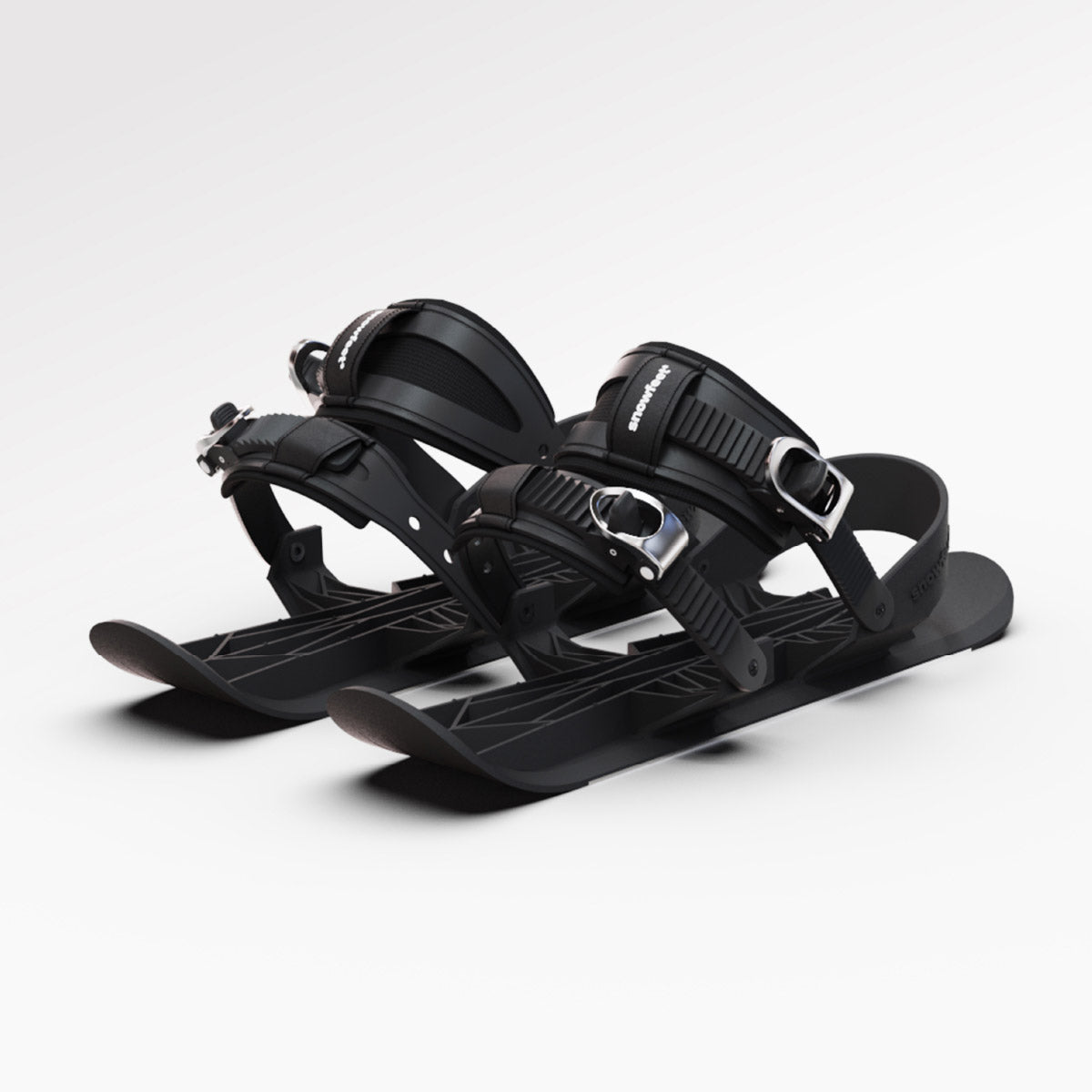
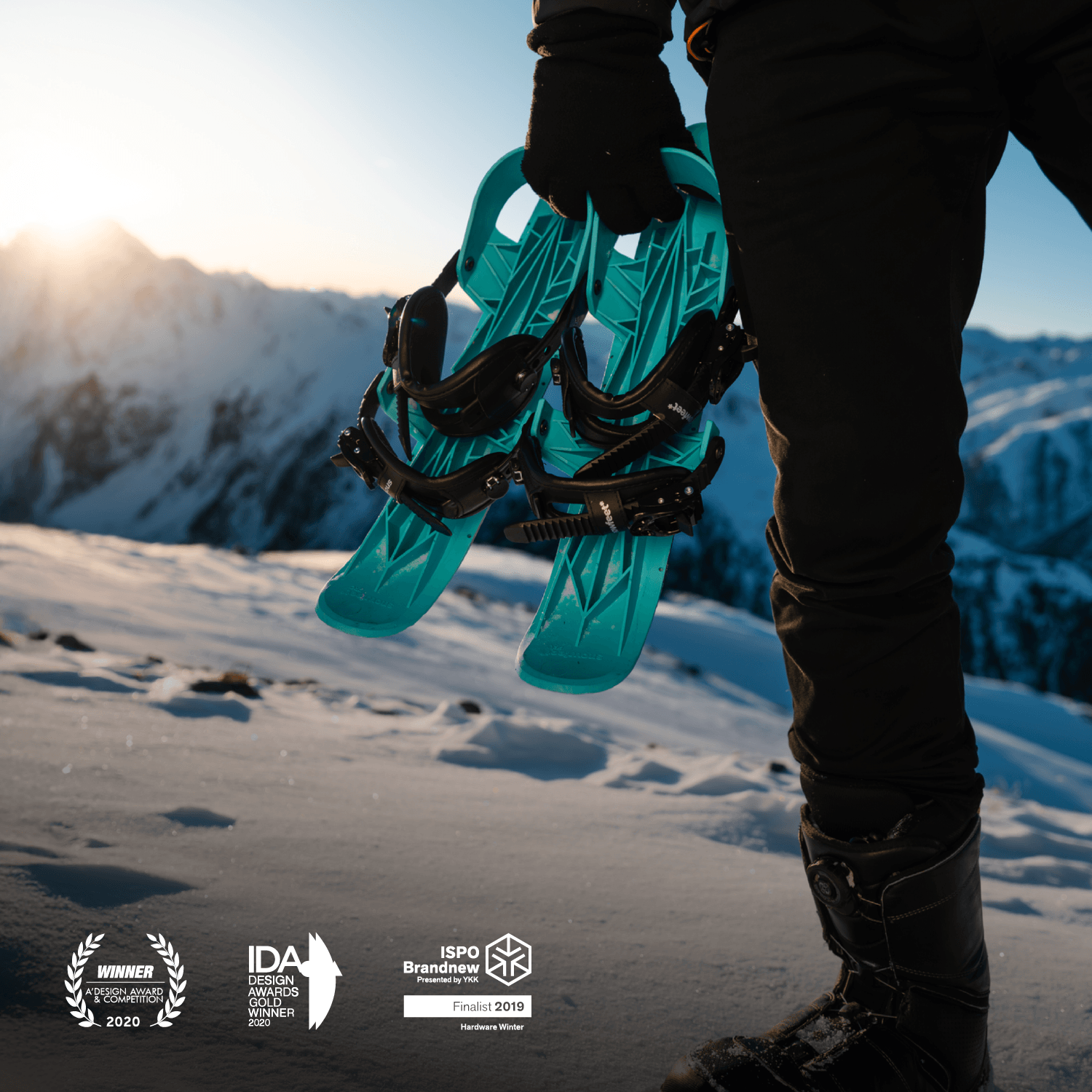
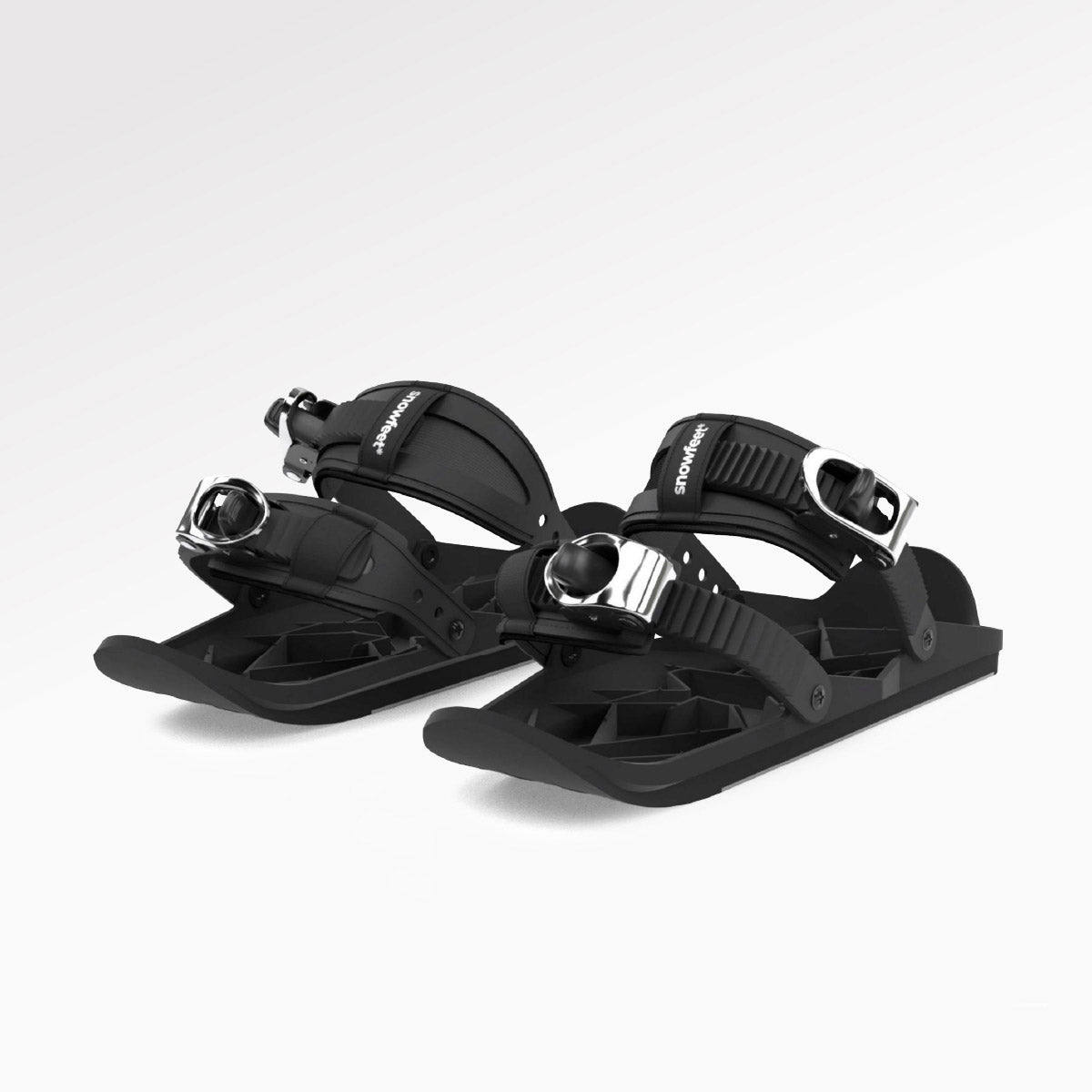
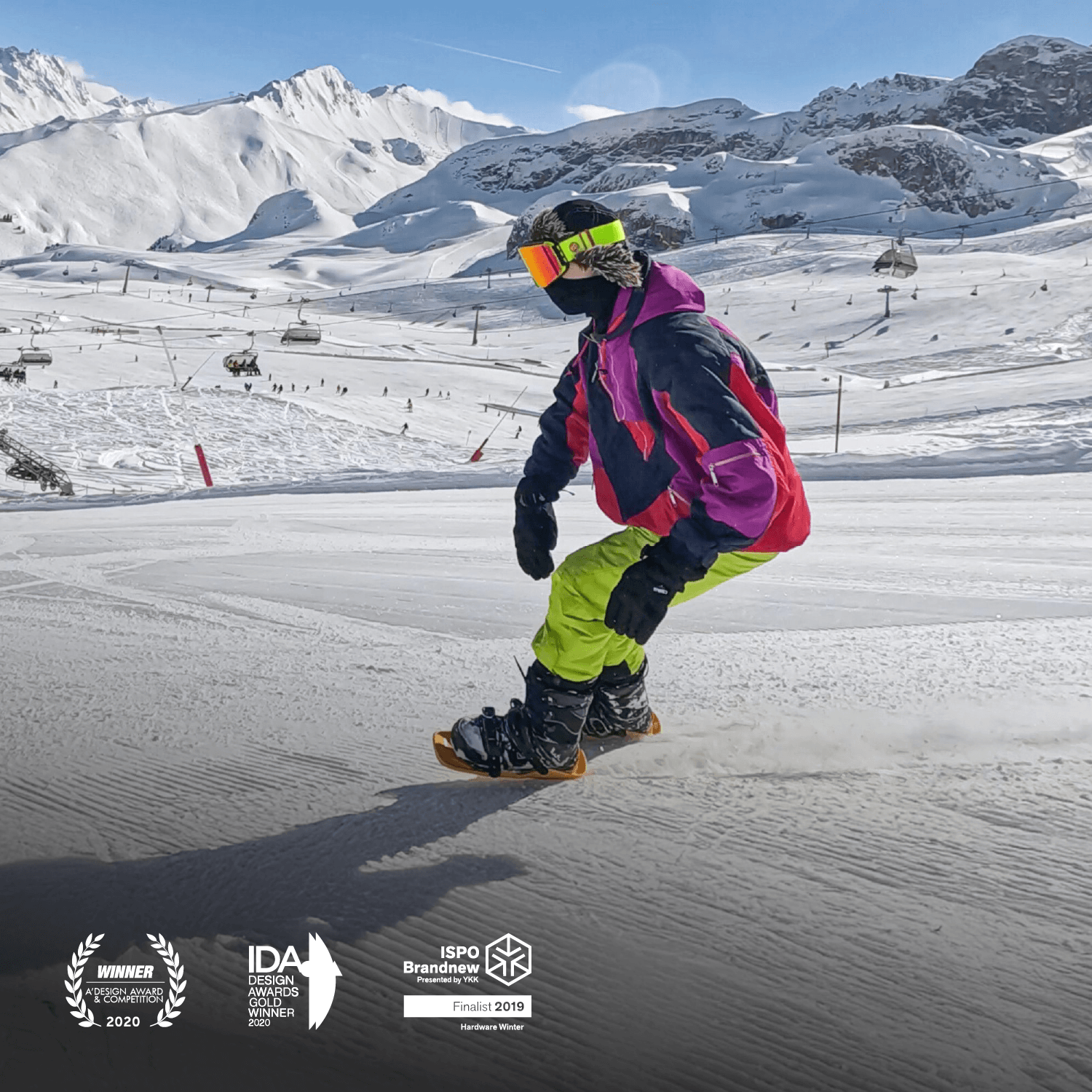
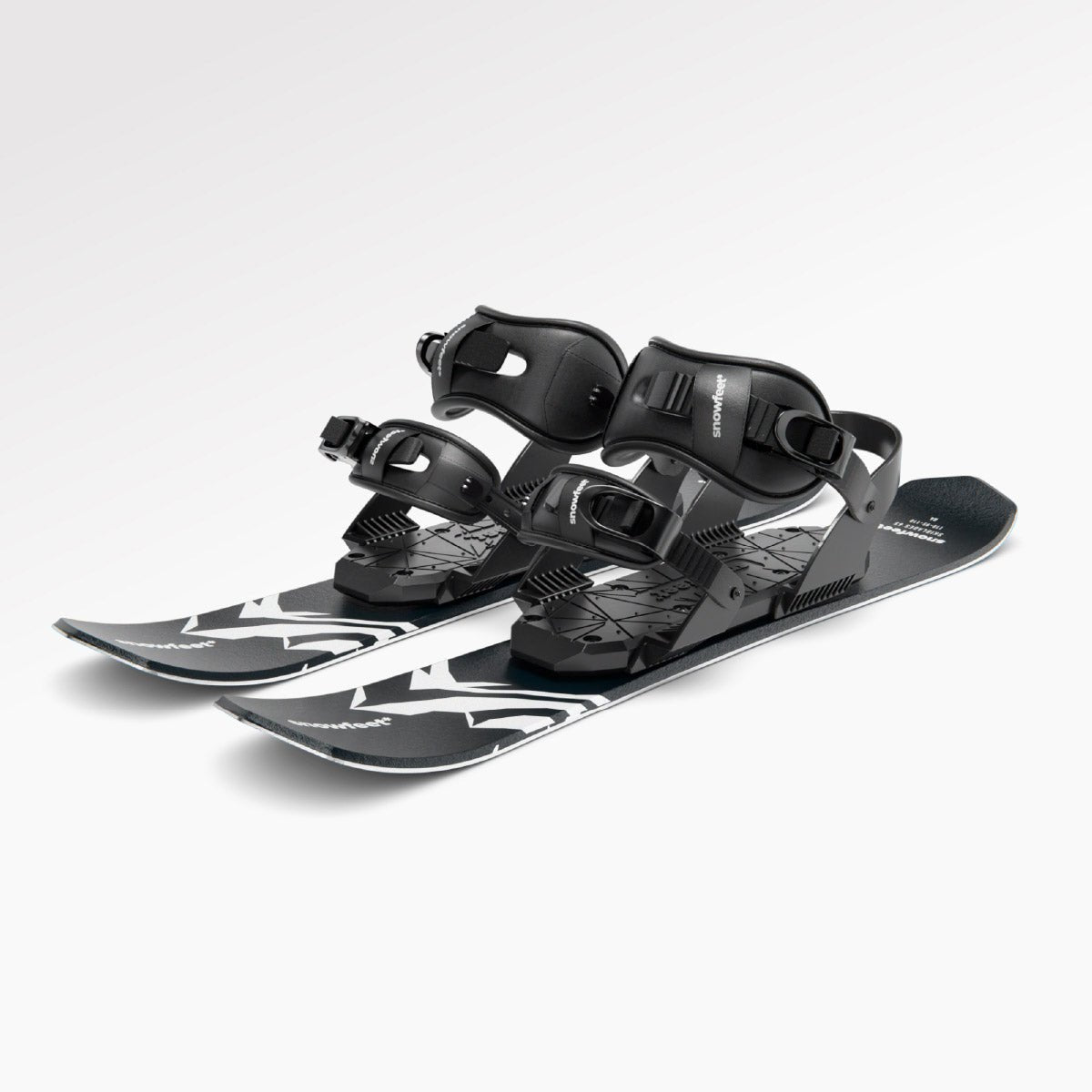
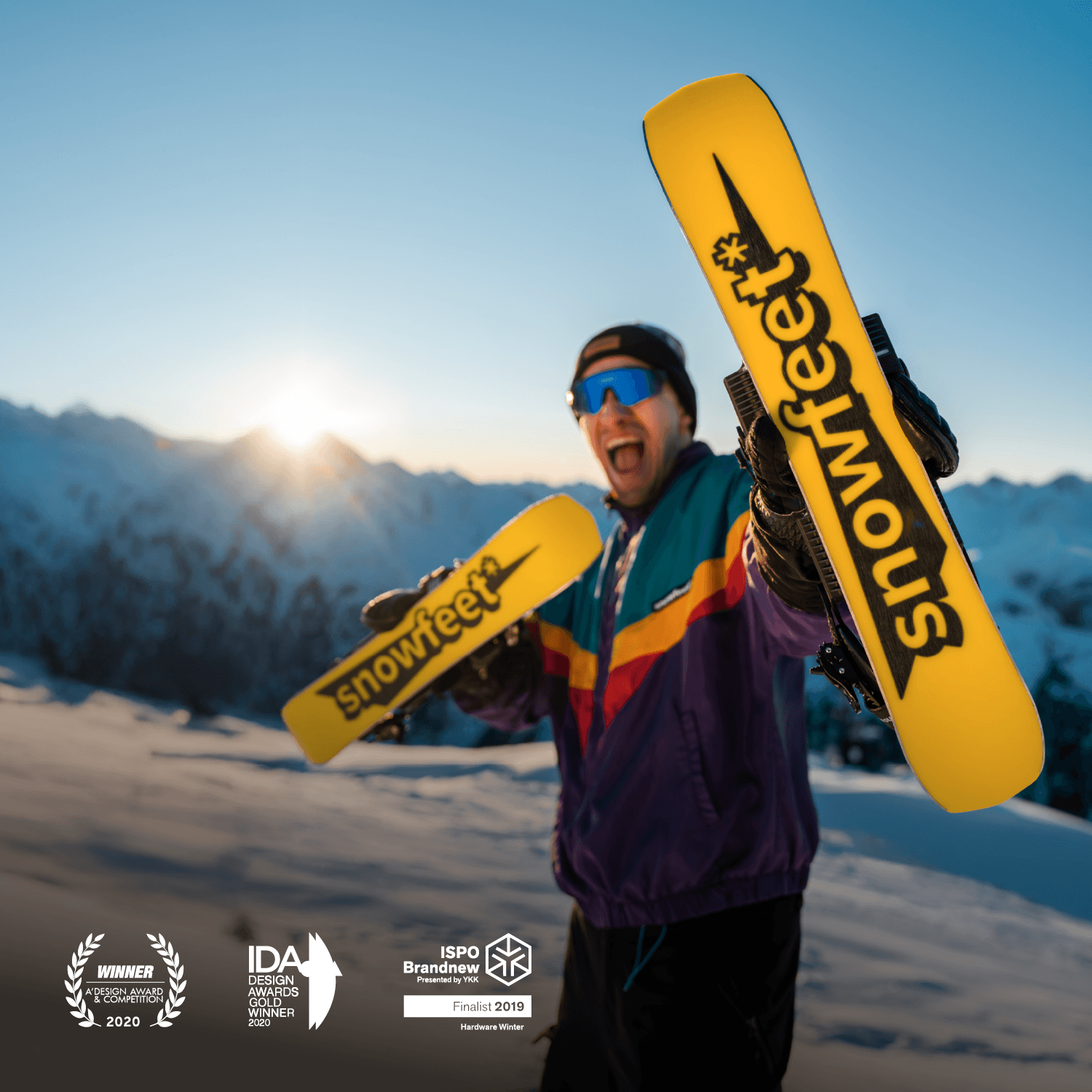
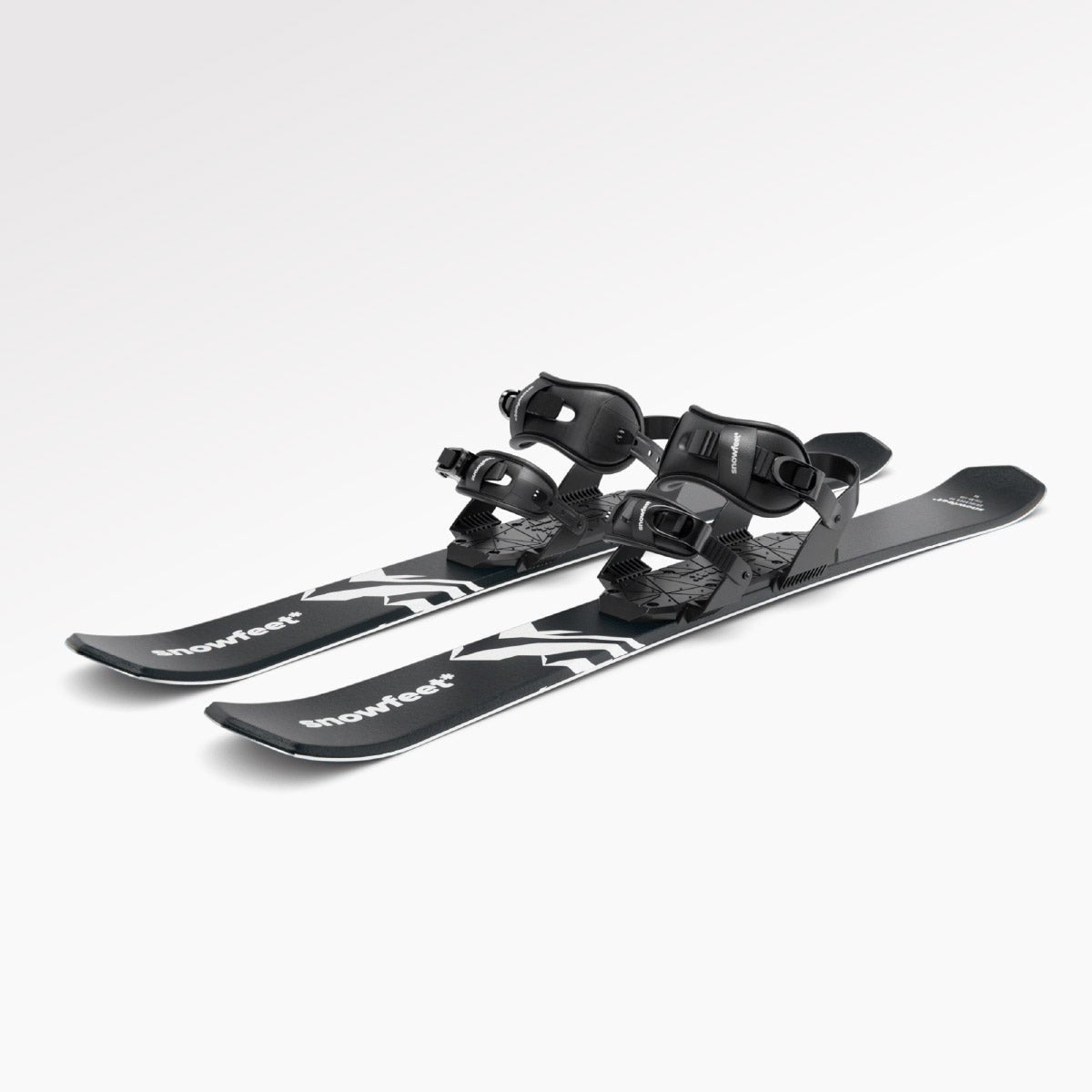
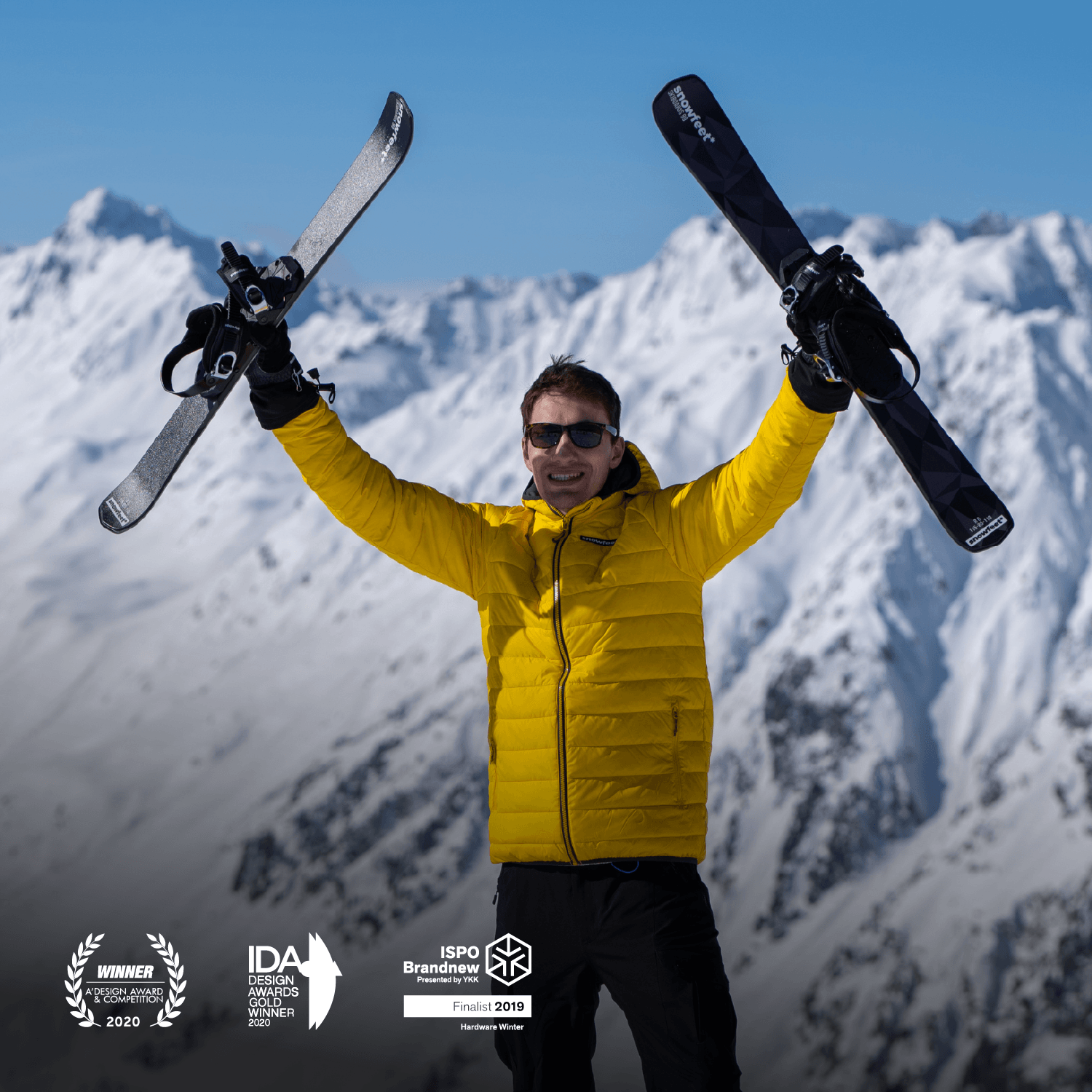
Leave a comment
This site is protected by hCaptcha and the hCaptcha Privacy Policy and Terms of Service apply.